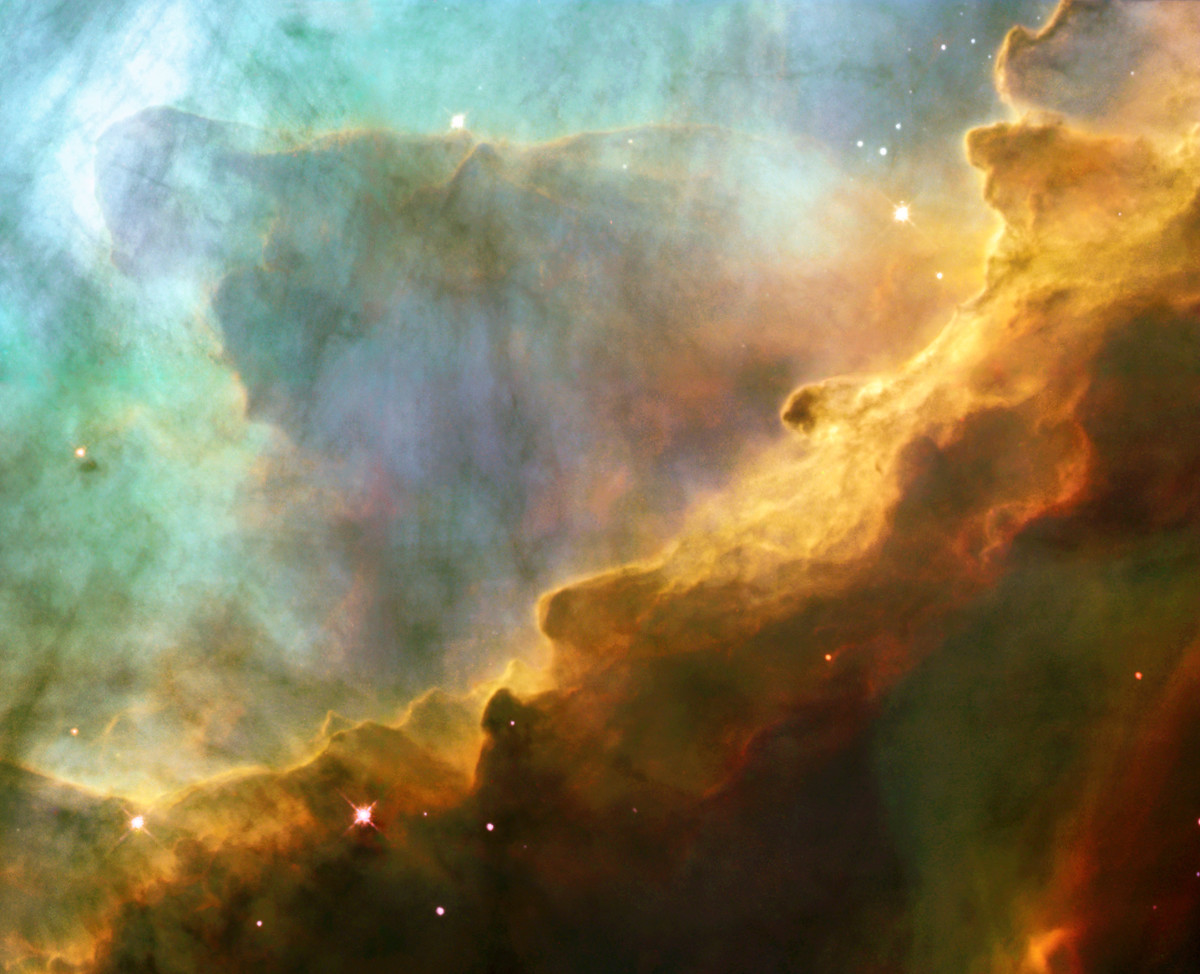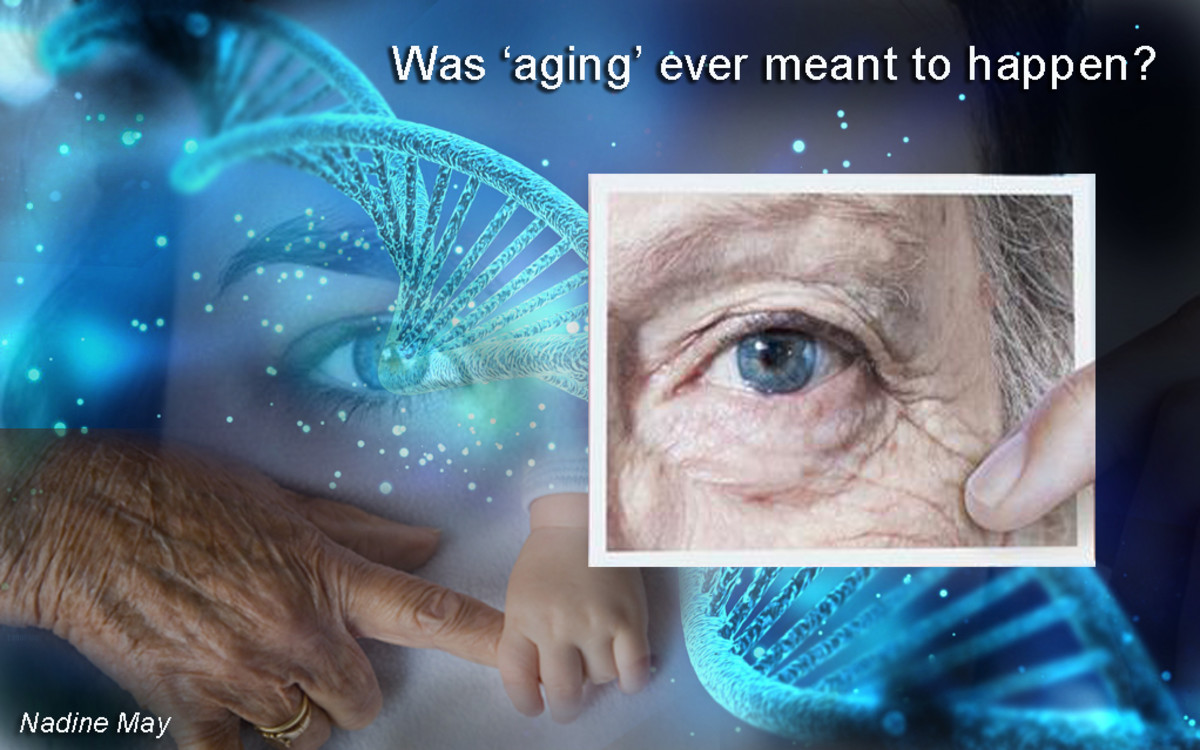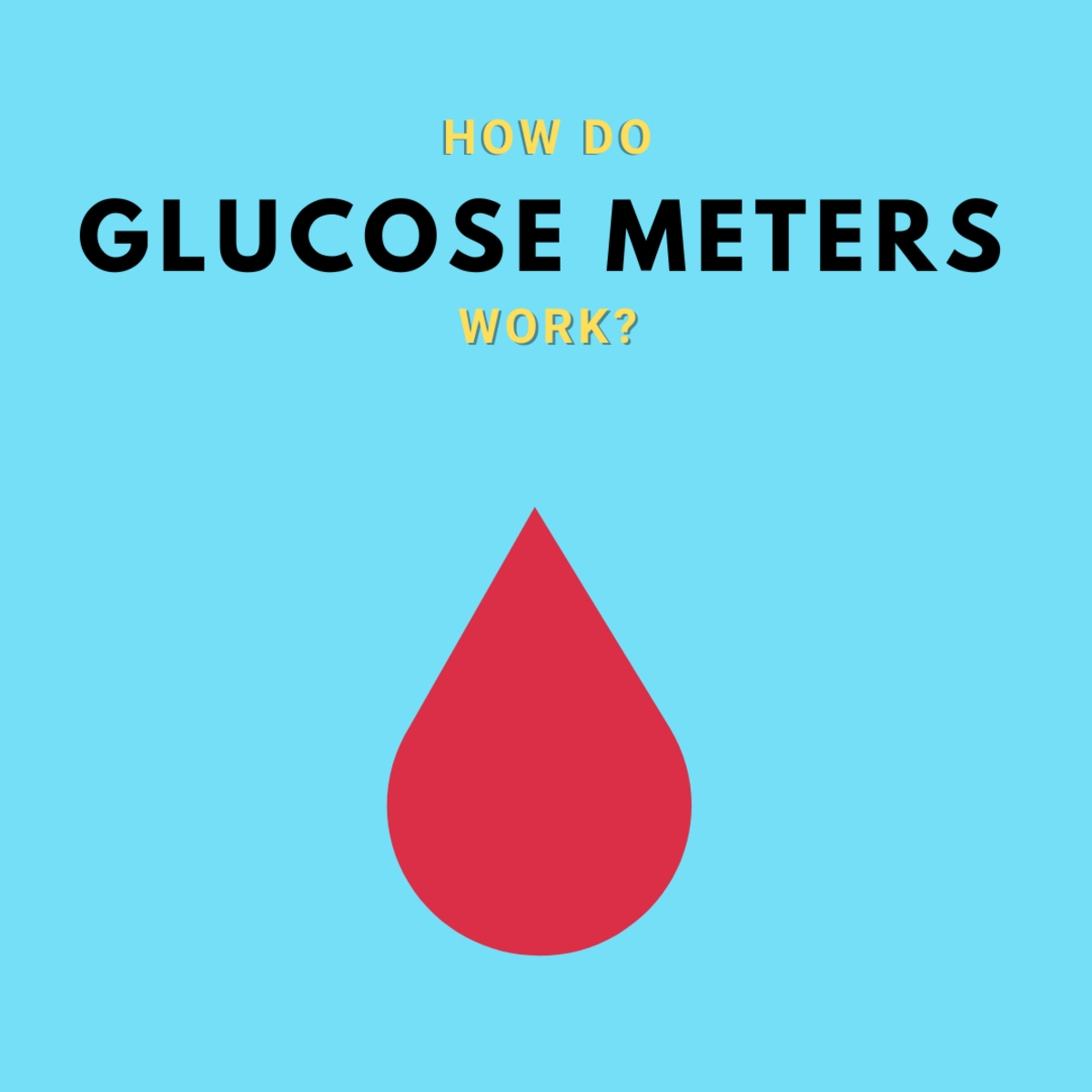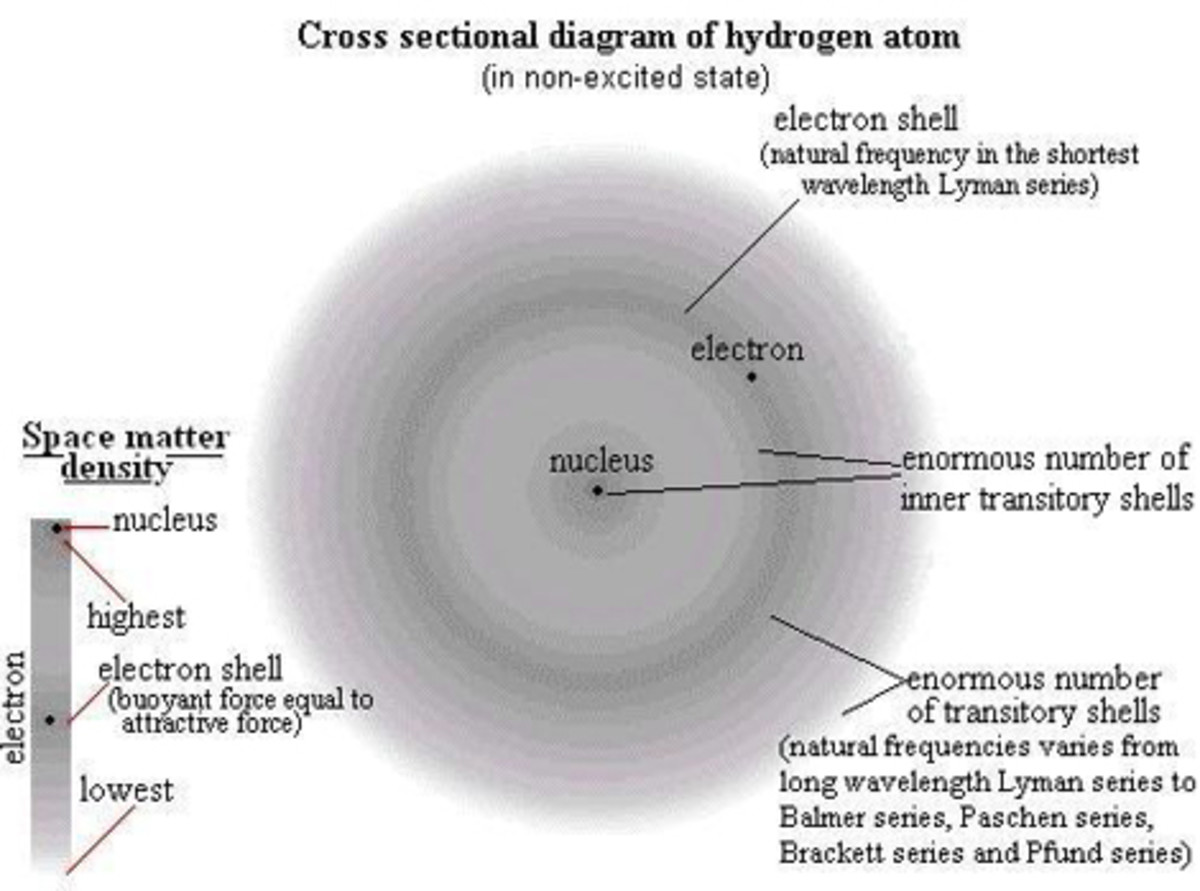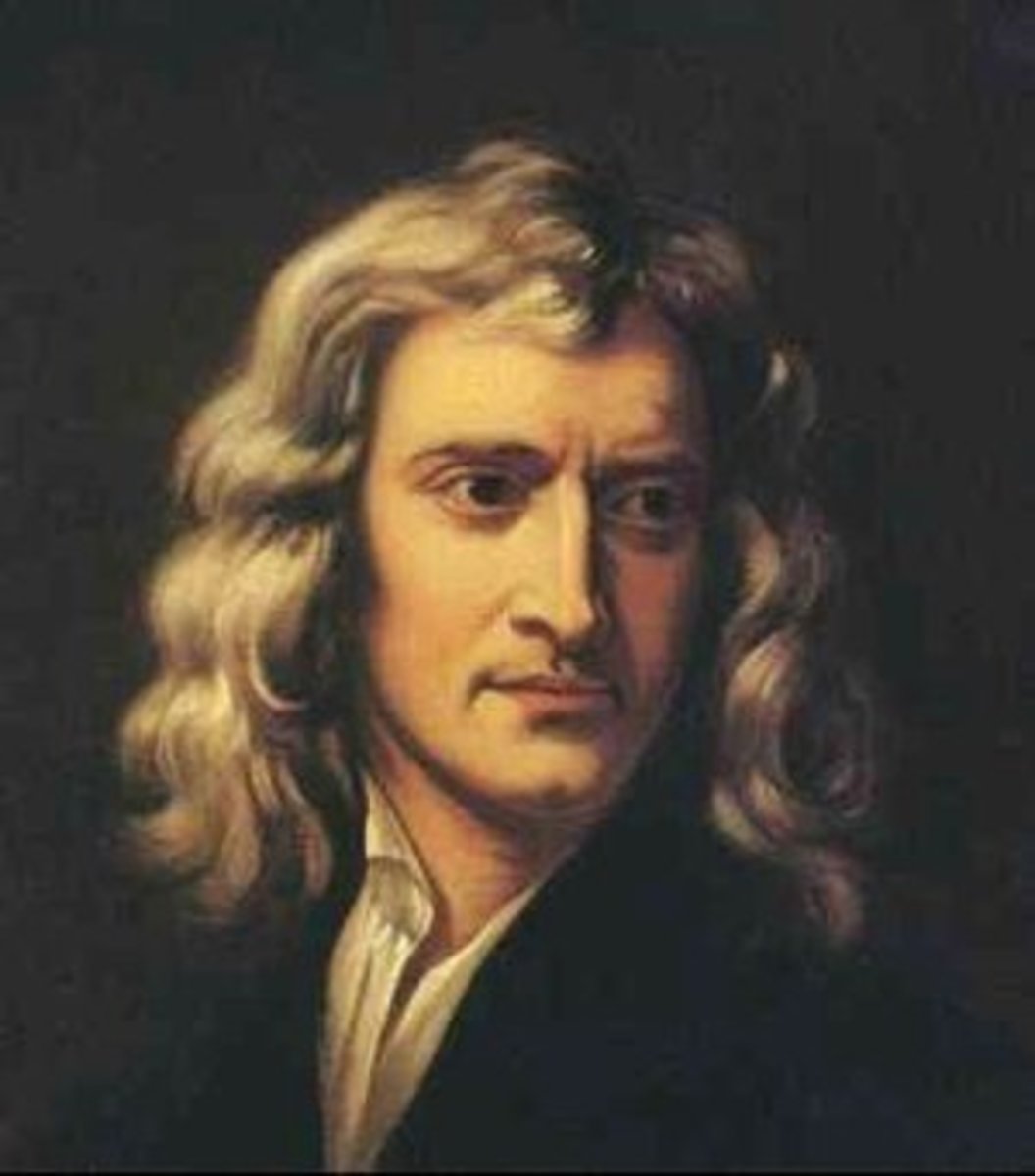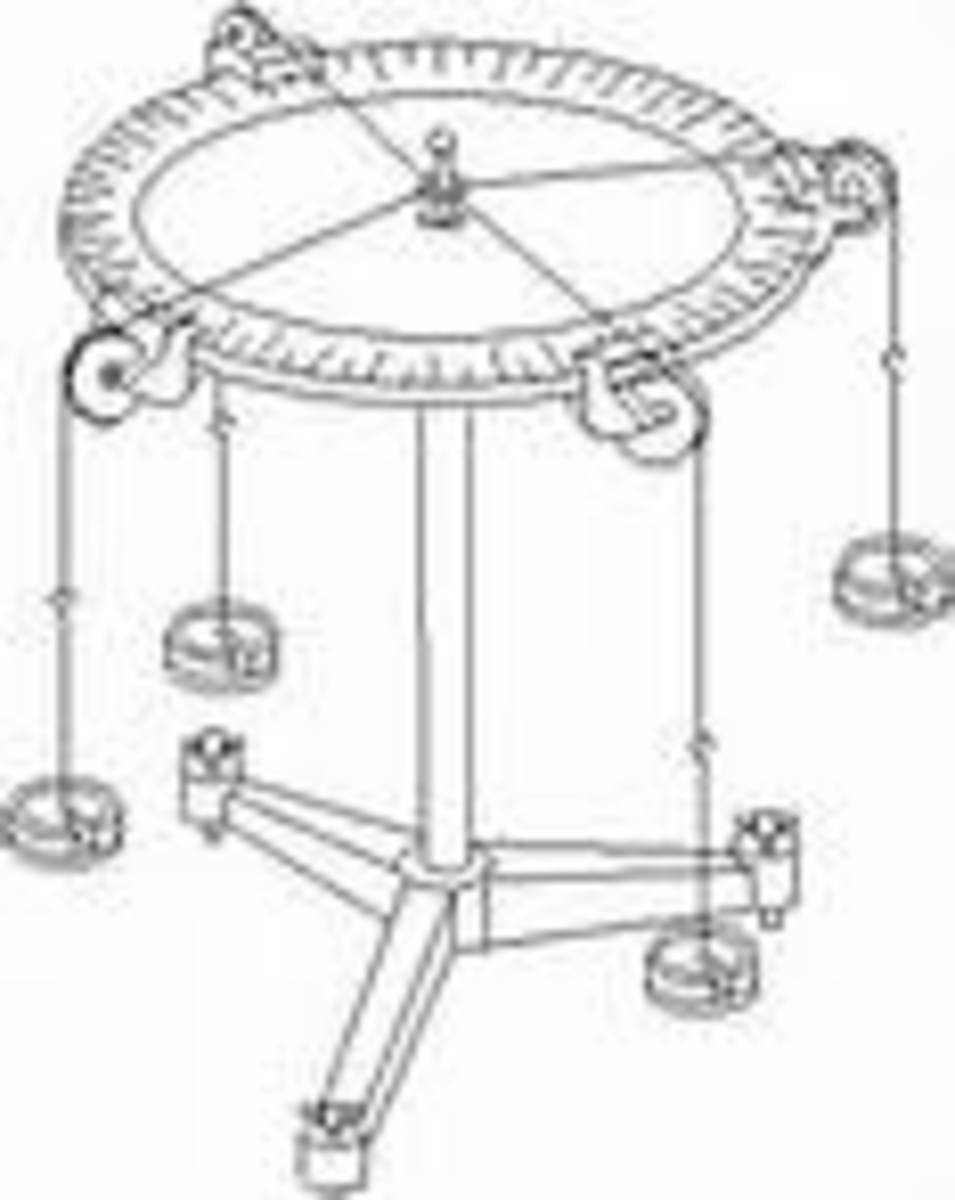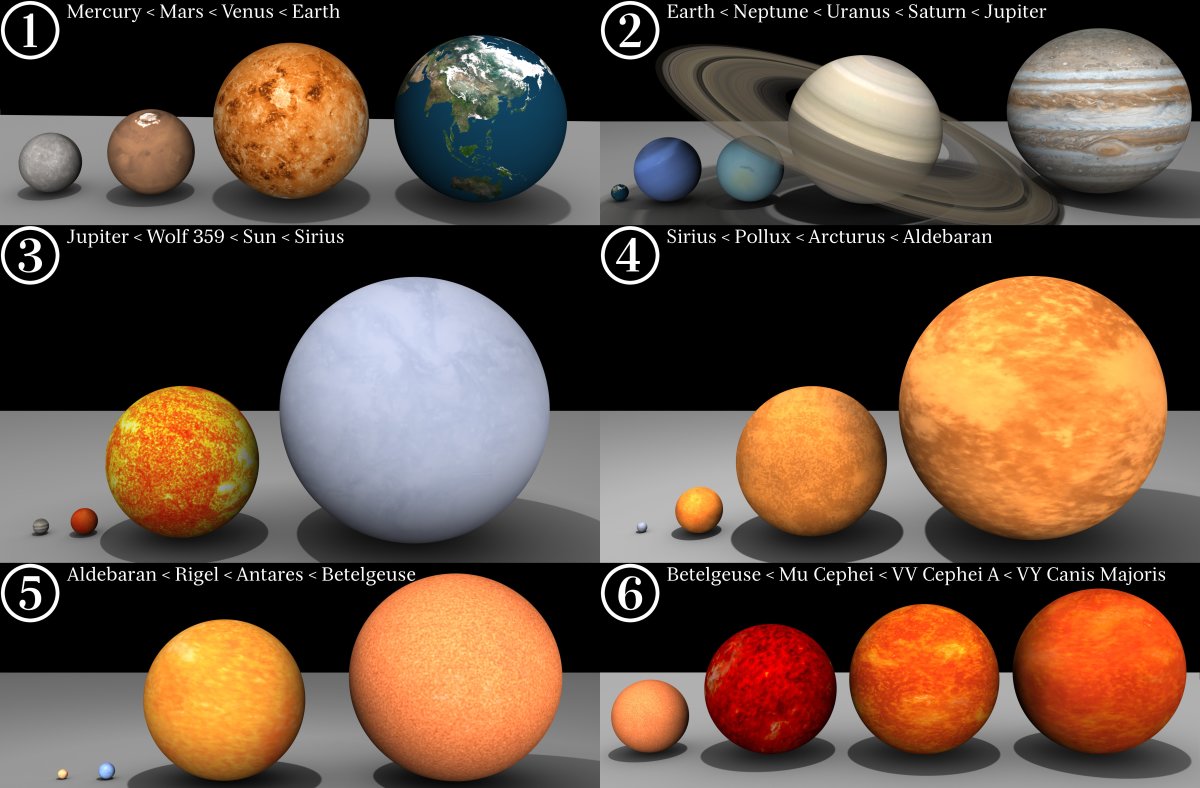What Is Nuclear Fusion?
Why Nuclear Fusion?
Nuclear fission has already been harnessed by mankind to generate power on Earth for many decades. Since the early 1950s scientists all over the world have been working to control nuclear fusion. If nuclear fusion is successfully obtained, energy from this reaction could replace basically every other source of energy there is. The world could be powered by cheap nuclear fuel with no radioactive waste. Nuclear fusion is the exact opposite of fission and is also much more powerful.
Nuclear Fusion: the joining of 2 nuclei with small masses to form a larger and more massive nuclei at the same time giving off huge amounts of energy.
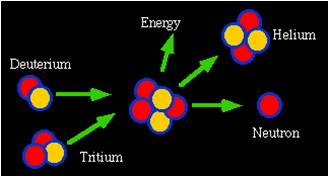
The Deuterium-Tritium Fusion
Supposedly the easiest fusion reaction to achieve involves the isotopes of hydrogen and lithium which are deuterium and tritium.
Deuterium: can be extracted from all forms of water.
Tritium: doesn’t occur naturally but can be extracted from Lithium, which is abundant in Earth’s crust.
In the process of fusion these 2 isotopes must be at a high density and must also be heated up at extremely high temperatures for a time long enough so that the reaction can take place. For the deuterium-tritium fusion this time is 1 second. At such temperatures the fuel is no long an ordinary state of matter but instead it’s a plasma. The fusion of these isotopes would produce helium and energy.
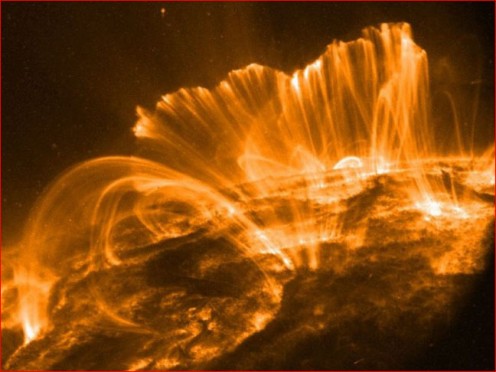
Some Advantages of Nuclear Fusion
- A vast, new source of energy.
- Fuels are plentiful.
- It’s naturally safe because any malfunction would result in a rapid shutdown.
- No atmospheric pollution that would lead to acid rain or the “greenhouse” effect.
- The radioactivity of the reactor structure caused by neutrons, decays rapidly and can be reduced by careful selection of low activation materials.
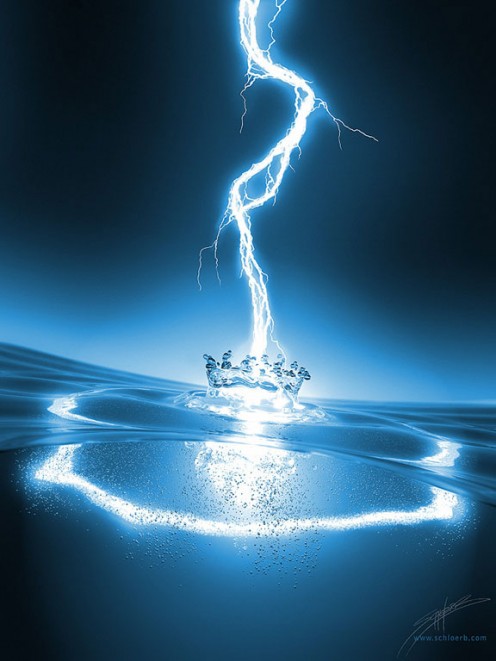
Fusion’s Obstacles
Nuclear fusion has proven very difficult to control. Some examples of fusion’s difficulties are in the deuterium-tritium fusion.
- In this kind of fusion the isotopes used have a strong positive charge making them hard to bring together since charges that are alike repel each other.
- The only way to bring these isotopes together is by heating them up at millions of degrees Celsius which would require a lot of energy from other sources.
- When the heated isotopes become plasma there would be no material that could withstand it’s temperature without melting or exploding.
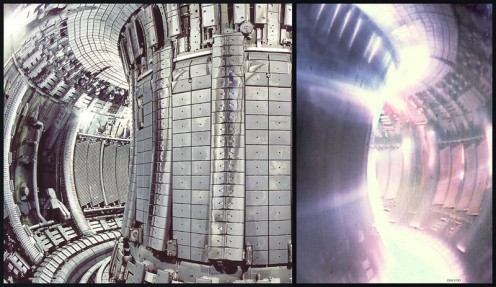
Tokamak
The Tokamak fusion reactor was first developed in Russia. This reactor uses a combination of 2 magnetic fields to control and heat the plasma in looping paths which do not touch the wall of the container. Besides being heated by the magnetic fields, the plasma is also heated by intense beams of neutral atoms that are injected into the plasma. In 1993 the Tokomak produced an output of 5.6 million watts in a controlled fusion reaction. Even though more power than this was required as an input to the reactor this was a great achievement in the study of fusion.
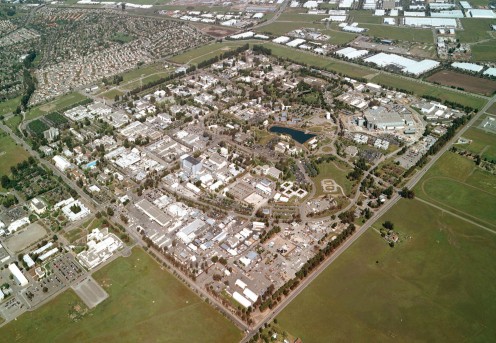
Shiva
Shiva is a laser fusion device at the Lawrence Livermore Laboratories. In the Shiva device, 20 lasers are focused to a precise location in a target chamber. This multi-laser device which was named after the multi-armed Hindu god seeks to initiate laser fusion in small microballoon pellets of a deuterium-tritium gas mixture by zapping them with such a high energy density that they will fuse before they have time to move away from each other. One of these pellets is supposed to have the same energy as a barrel of oil. This device was put into operation in 1978.
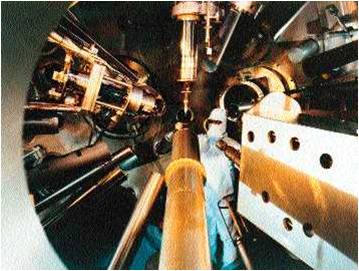
Nova
Nova is a also a laser fusion device at the Lawrence Livermore Laboratories. This device uses lasers 10 times more powerful than the Shiva laser fusion device and will attempt to reach the breakeven point for fusion. Nova will use 10 lasers that are focused on a 1 millimeter target area to zap it with 100,000 joules of energy into the target in a nanosecond. In 1994 , Nova reached the fusion criterion but at a temperature too low for fusion to occur.
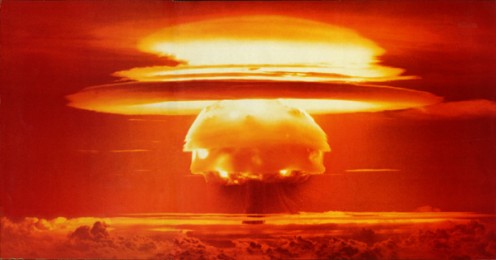
The Hydrogen Bomb
The hydrogen bomb is an example of fusion. In a hydrogen bomb the explosion of an atomic bomb provides the temperature and density needed so fusion can occur. This fusion results in a sudden release of a large amount of energy that creates an ever bigger and more powerful explosion.

Stars
Nuclear fusion is the mechanism which powers stars. Fusion at a star’s core is reached when the density and temperatures are high enough. There are several different fusion cycles throughout a star’s life. The first fusion cycle is the fusion of hydrogen into helium. This is the stage the sun is in at the present time. The energy created by this process radiates of into space in the form of heat and light.


